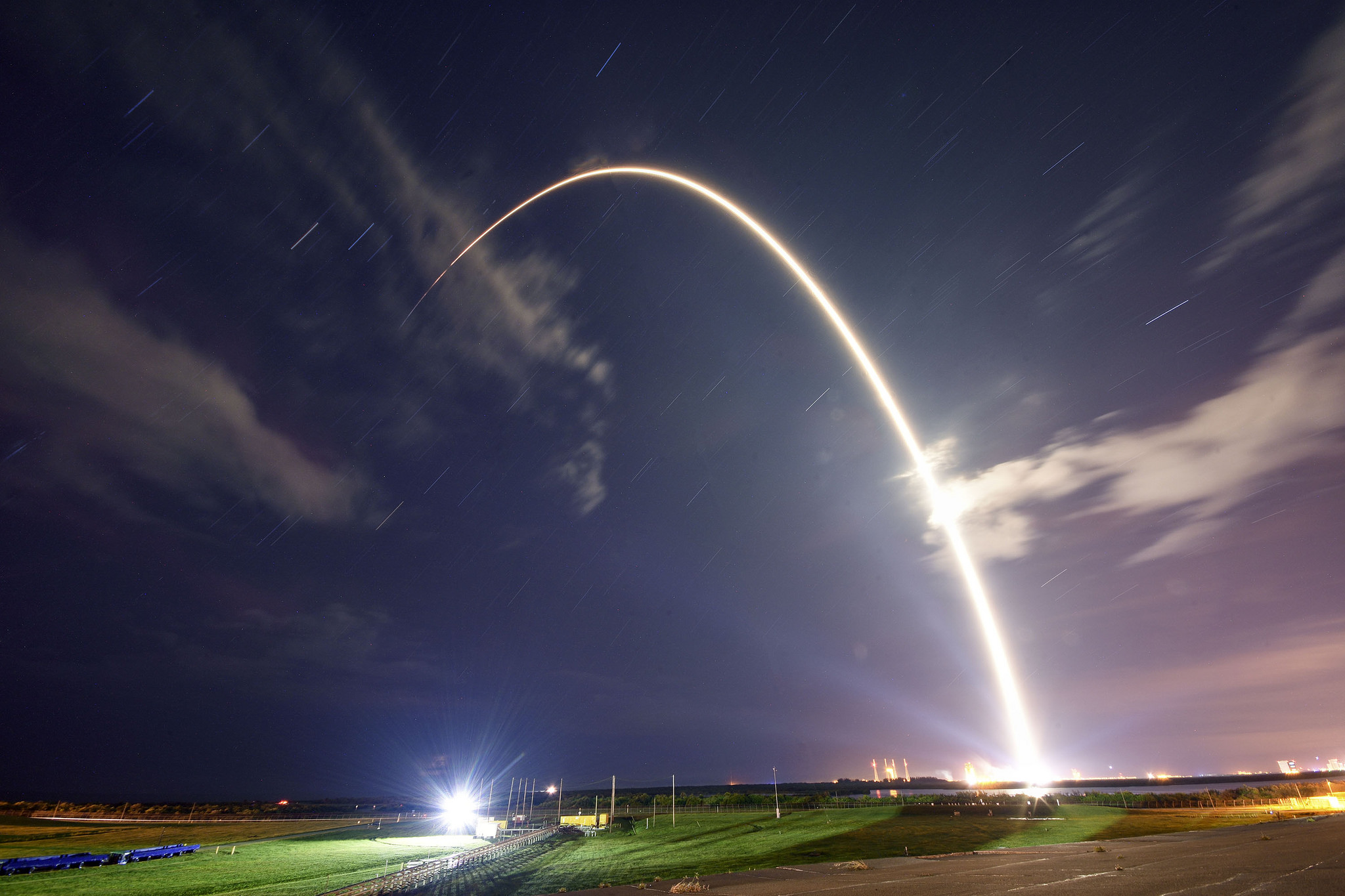10:40am ET Friday update: The Falcon 9 rocket launched during its target window on Friday, as sunrise broke over the Pacific Coast at Vandenberg Air Force Base. The launch was nominal, with the first stage delivering the payload into low-Earth orbit, and then descending back to a drone ship in the Pacific Ocean. Final deployment of the 10 Iridium satellites was expected about 1 hour and 11 minutes after the launch.
Original post: Fresh off a successful flight campaign in 2018, which included a record 21 missions, SpaceX returns to the launchpad Friday for its first mission of the new year. The instantaneous launch window opens at 10:31am ET (15:31 UTC).
This will be SpaceX's eighth and final launch to build out a constellation of 75 modern communications satellites for Iridium. For this mission, SpaceX will be launching 10 of the Iridium NEXT satellites to a low Earth polar orbit.
The first stage for this mission previously flew in September, launching the Telstar 18 Vantage mission into geostationary transfer orbit. It made an on-target ocean landing in relatively high seas during the midst of the Atlantic hurricane season. This time, the rocket will attempt to land on the droneship Just Read the Instructions stationed in the Pacific Ocean.



 Loading comments...
Loading comments...
